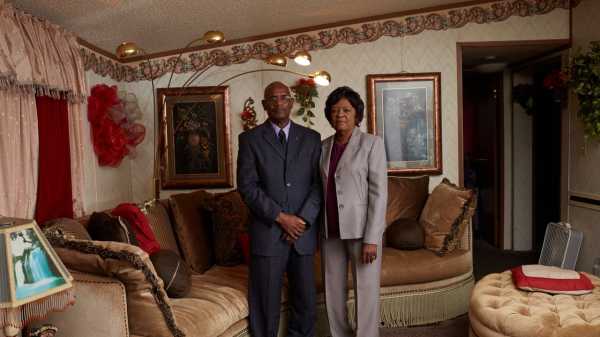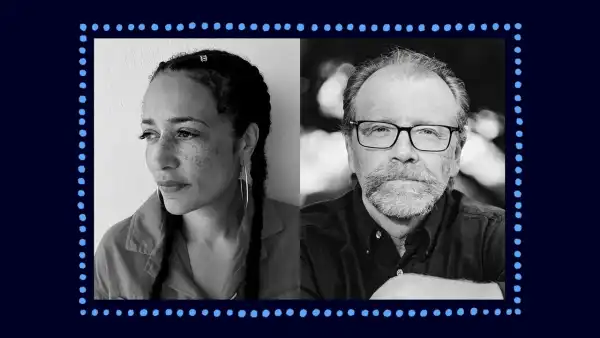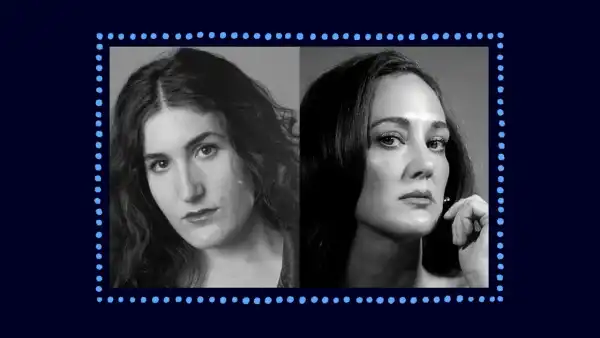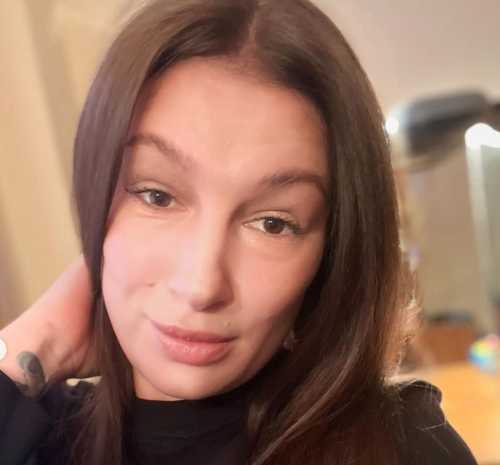
The investigative-journalism podcast “In the Dark” would be impressive in any era, but it feels especially welcome in 2018. The show, which is produced by APM Reports, in St. Paul, Minnesota, and hosted by the series’ lead reporter, Madeleine Baran, devotes a newsroom’s worth of time, energy, and resources to asking hard questions about justice in the United States. Each season—we’re now midway through the second—centers on a murder case, but the show focusses on justice rather than crime, drawing its considerable narrative power not from human suffering but from exposing the effects of decisions made around that suffering. “In the Dark” is shocking but not sensationalized; the reporters’ simple quest for answers feels as suspenseful as a thriller. Its combination of narrative excellence, surprising discoveries, and ethical rigor result in what may be the best podcast of the year.
The show’s Peabody Award-winning first season, in 2016, explored the famous cold case of Jacob Wetterling, an eleven-year-old boy from St. Joseph, Minnesota, who, one evening in 1989, was abducted by an armed masked man as he was biking home with two friends. Wetterling’s case, which led to the creation of national sex-offender registries, was unsolved for twenty-seven years. Most podcasts would frame Wetterling’s story as a murder mystery; “In the Dark” instead studies the system that failed the Wetterlings and their community, presenting each astounding detail with measured respect. “Jacob was kidnapped on a dead-end road in a town of just three thousand people,” Baran tells us. “There were witnesses. Law enforcement got there right away. It seemed like the kind of case that could have been solved that night, while there was still a chance to find Jacob alive. So what went wrong?”
Quite a bit. Police made important blunders, which Baran and her team exhaustively reported. Several involved a suspicious man driving around in a little blue car. Shortly before the podcast was set to début, the driver of that car, a local man named Danny Heinrich, confessed to assaulting and killing Wetterling. The producers, who had completed most of the episodes at the time of the confession, didn’t have to edit extensively to incorporate the reveal—it only bolstered their existing arguments—and they presented it up front, without drama. Throughout the season, they rigorously linked the particulars of the case to broader philosophical ideas: the fundamentals of police work and how they connect to justice; the difficulty of being a victim but also of being a witness or a suspect; how society should seek to prevent sex crimes and best respond to sex offenders. Throughout, we were struck by the empathy of the reporters and by the grace of the Wetterlings.
The new season of “In the Dark,” we’re told in the opening episode, is about “the case of Curtis Flowers, a black man from a small town in Mississippi who has spent the past twenty-one years fighting for his life, and a white prosecutor who spent that same time trying just as hard to execute him.” That prosecutor has tried Flowers six times for the same crime: the 1996 murder of four employees at Tardy Furniture, a store where he once worked. Flowers has always maintained his innocence. He had no previous record. Before the arrest, he was best known for singing in his father’s gospel group.
Baran and her team moved to Mississippi for almost a year to report the Flowers story. We learn that his case is full of abuses of power, mostly by white officials against black people, from evidence-gathering to jury selection. Local opinion about Flowers’s guilt is largely divided by race. The state’s evidence doesn’t focus on a central incriminating piece of evidence—multiple details are meant to add up to a convincing narrative. Baran investigates those details—including the route that Flowers supposedly walked, the gun he supposedly used, and confessions he supposedly made in prison—and uses them to scrutinize the case as a whole. So far, she’s smashed it to smithereens.
“What we’re looking at is, Who are the powerful people in this story, and what are they doing, and what is the result of those decisions?” Baran told me. “And are they using their power wisely, are they using it ethically, are they using it legally?” We hear from many of those people, as well as from witnesses, snitches, victims’ relatives. It can be startling to hear the intimacy of what Baran and her fellow-reporters are able to glean, especially because of the sensitivity of the case, racial and otherwise. (The reporters are mostly white.) Though it can sound as if Baran and her peers knocked on doors and got immediate results, many interviews are the result of time and patience. It was critical, Baran told me, to get to know people over many months of living among them, giving them the “time to learn to trust or not trust you.” We meet Randy Stewart, the father of sixteen-year-old Bobo Stewart, the youngest victim of the Tardy Furniture killings, who lived with his son above the bar that he ran. (Randy is white, as was Bobo.) They had a nightly tradition: at closing time, Bobo would take two quarters out of the register, put them in the jukebox, and play their favorite song. We hear a good long dose of that song—“Sweet Child o’ Mine”—and it hits with surprising emotional power. Randy’s love of his son and the vitality of their relationship are treated with respect, but he isn’t sentimentalized. Elsewhere, nearly spitting with rage, he tells Baran that he wants to watch Flowers’s execution. “I would stick the needle in myself,” he says.
As in Season 1, Baran and her team excel at showing the suffering not only of the victims and their families but also of the suspects and even the witnesses. Here, once again, the injustices are exacerbated by race. Flowers’s parents, Lola and Archie Flowers, live in a small house on the west side of Winona, in a historically black neighborhood. The house is next to an overgrown vacant lot—the former site of a school that was burned down after federally ordered integration. They have been married for fifty-four years; everything in their house is tidy and “just so,” Baran says. They visit Curtis in prison every week and have spent more than a hundred thousand dollars on his defense. But they have only one photograph of him, because in 1999, just before his second trial, their house burned down, too. Lola says that after the fire, she’d heard that a white person in town had said, “If they let that n—– go, another house is going to burn.” Baran asks her what she thinks of that. “What do you think I think?” she says.
Several of the people the producers spoke to had been grilled—“examined or cross-examined six times,” Baran said—but hadn’t spoken to reporters or been given the chance to tell their story. Baran and her team start from scratch; when they learn new facts, they investigate them methodically. In Episode 5, they exposed a tragedy related to the prosecution’s protection of Odell Hallmon, a violent convicted criminal who, in exchange for special treatment, testified that Flowers had confessed his guilt to him. In Episode 6, which came out this week, they spoke to Hallmon, which revealed even more. Flowers’s lawyers are working on getting him a post-conviction appeal, based on new information. Thanks to “In the Dark,” they seem to have it.
Most narrative podcasts, and especially narrative crime podcasts, exist, still, under the shadow of “Serial.” When that show’s first season failed to reach a definitive conclusion about “what really happened” in the case of Adnan Syed and Hae Min Lee, it became, instead, a meditation on reasonable doubt. It also set a precedent. Many subsequent crime podcasts, ranging widely in quality, from “Atlanta Monster” to “West Cork,” have given us exhaustive detail about crimes and communities, often without solving the cases or answering their own questions. “In the Dark” asks different kinds of questions and provides decisive and provocative answers, with implications far beyond the details of each particular case. “We can report things to the point where we can draw strong conclusions,” the show’s senior producer, Samara Freemark, told me. “We can be restrained in our production and writing choices because the findings should be where the drama is.” Using the power of investigative journalism, they’ve made a podcast about non-sensational aspects of criminal justice—the power of prosecutors, the accountability of police—as popular and beloved as many true-crime podcasts. In doing so, they’ve reminded producers and listeners alike that stories don’t have to be lurid to be compelling—and that even in this era of unreal reality, there are questions that can be answered and important truths that can be exposed.
Sourse: newyorker.com






